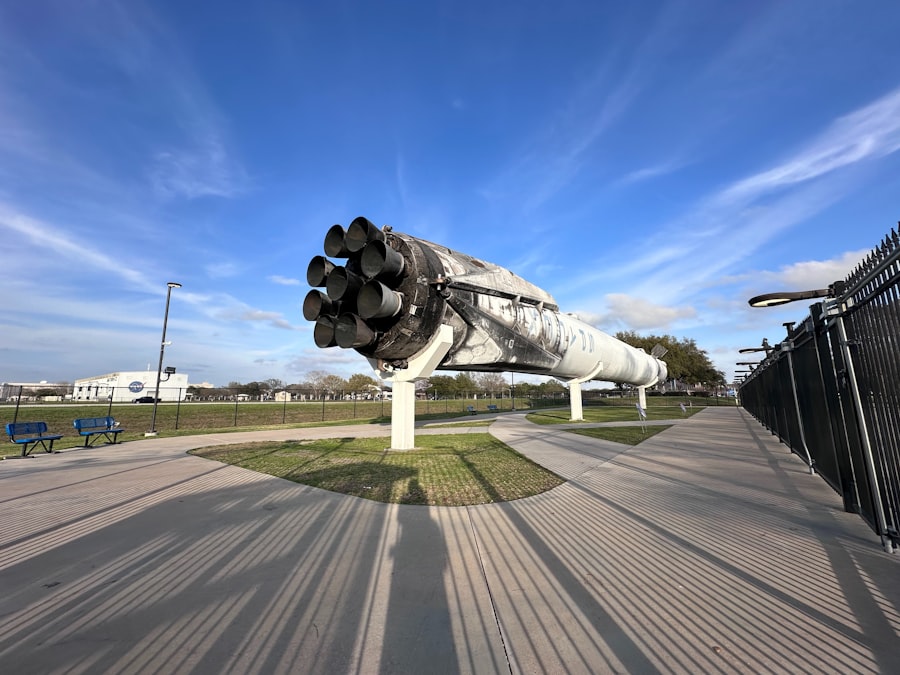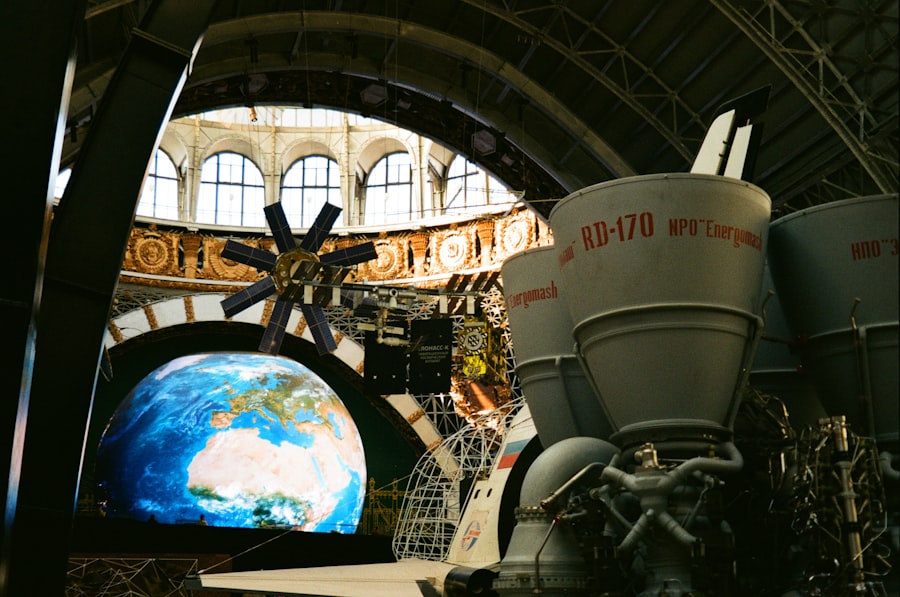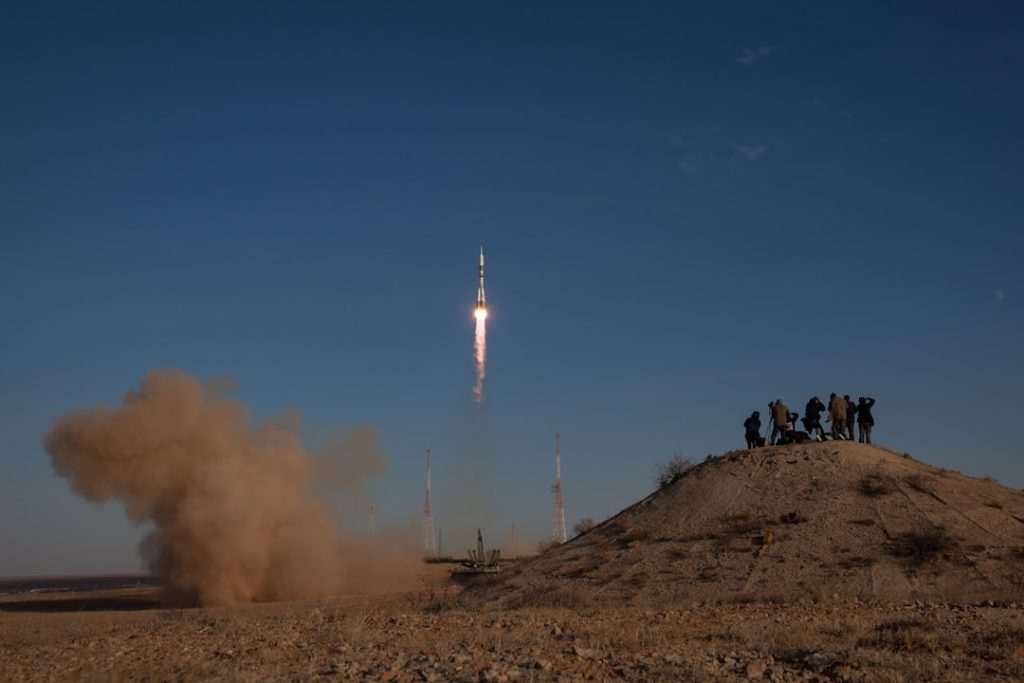The Soyuz spacecraft has a storied history that traces back to the height of the Cold War, a period marked by intense rivalry between the United States and the Soviet Union. The origins of the Soyuz program can be found in the early 1960s when the Soviet space program sought to develop a reliable crewed spacecraft capable of supporting long-duration missions in low Earth orbit. The first Soyuz spacecraft, Soyuz 1, was launched on April 23, 1967, but tragically ended in disaster when cosmonaut Vladimir Komarov lost his life due to a parachute failure during re-entry.
Despite this setback, the design and engineering of the Soyuz spacecraft continued to evolve, leading to subsequent missions that would solidify its reputation. Over the decades, the Soyuz spacecraft has undergone numerous modifications and improvements, adapting to the changing needs of space exploration. By the 1970s, it had become a critical component of the Soviet space program, particularly in support of the Salyut and later Mir space stations.
The end of the Cold War did not diminish the significance of Soyuz; rather, it transitioned into a symbol of international cooperation in space. With the dissolution of the Soviet Union in 1991, Russia inherited the Soyuz program, which continued to serve as a reliable means of transporting astronauts and cosmonauts to and from the International Space Station (ISS). Today, the Soyuz spacecraft stands as a testament to decades of engineering excellence and resilience in the face of challenges.
Key Takeaways
- Soyuz has a rich history dating back to the Cold War era, and has continued to be a key player in space exploration to the present day.
- The Soyuz spacecraft is designed with a focus on reliability and versatility, with features that have made it a staple in space missions for decades.
- Soyuz has a legacy of successful space missions, including transporting astronauts to and from the International Space Station.
- Soyuz has played a crucial role in international space cooperation, serving as a key vehicle for transporting astronauts from various countries to space.
- As the workhorse of the Russian space program, Soyuz has proven to be a dependable and essential means of space transportation.
The Design and Features of the Soyuz Spacecraft
The design of the Soyuz spacecraft is a remarkable blend of functionality and simplicity, which has contributed to its longevity in service. The spacecraft consists of three main modules: the Orbital Module, the Descent Module, and the Service Module. The Descent Module is where the crew resides during launch and re-entry, designed to withstand extreme temperatures and pressures.
Its conical shape is optimized for aerodynamic efficiency, allowing for a controlled descent back to Earth. The interior is equipped with life support systems, navigation controls, and seating for up to three crew members. One of the standout features of the Soyuz design is its robust safety systems.
The spacecraft is equipped with an escape system that can propel it away from the launch vehicle in case of an emergency during ascent. This system has been successfully tested multiple times, providing an added layer of security for astronauts. Additionally, the Soyuz is designed for a variety of mission profiles, including crewed flights to the ISS and uncrewed cargo missions.
Its modular design allows for easy integration with different payloads and mission requirements, making it a versatile platform for various space endeavors.
Soyuz in Space Missions: A Legacy of Success

The legacy of Soyuz in space missions is characterized by an impressive track record that spans over five decades. Since its inaugural flight in 1967, Soyuz has completed more than 140 crewed missions, making it one of the most frequently used spacecraft in history. Notable missions include those that transported astronauts to the Salyut and Mir space stations during the height of Soviet space exploration.
The spacecraft played a pivotal role in establishing human presence in space and conducting scientific research in microgravity. In recent years, Soyuz has become synonymous with international collaboration in space exploration. Following the retirement of NASA’s Space Shuttle program in 2011, Soyuz became the primary means of transportation for astronauts traveling to and from the ISS.
This transition marked a new era in which astronauts from various countries relied on Soyuz for their journeys into space. The successful docking of Soyuz with the ISS has become a routine operation, showcasing not only the reliability of the spacecraft but also its role as a bridge between nations working together for scientific advancement.
The Role of Soyuz in International Space Cooperation
| Country | Number of Soyuz Missions | International Partners |
|---|---|---|
| Russia | Over 140 | Various countries including USA, European countries, Japan, Canada |
| USA | Utilizes Soyuz for transporting astronauts to the International Space Station | Russia |
| European countries | Collaborates with Russia for crew transportation | Russia |
| Japan | Uses Soyuz for crew transportation | Russia |
| Canada | Relies on Soyuz for crew transportation | Russia |
Soyuz has played a crucial role in fostering international cooperation in space exploration. As countries around the world have increasingly recognized the value of collaborative efforts in advancing scientific knowledge, Soyuz has served as a unifying platform for astronauts from diverse backgrounds. The ISS itself is a prime example of this collaboration, with contributions from space agencies such as NASA, ESA (European Space Agency), Roscosmos (Russian Federal Space Agency), JAXA (Japan Aerospace Exploration Agency), and others.
The ability of Soyuz to transport astronauts from different nations has facilitated joint missions that promote cultural exchange and shared scientific goals. For instance, missions involving astronauts from Europe, Japan, Canada, and Russia have not only advanced our understanding of space but have also strengthened diplomatic ties between these nations. The shared experience of living and working aboard the ISS fosters camaraderie among crew members, transcending national boundaries and highlighting humanity’s collective pursuit of knowledge beyond our planet.
Soyuz: The Workhorse of the Russian Space Program
Throughout its operational history, Soyuz has earned its reputation as the workhorse of the Russian space program. Its reliability and versatility have made it an indispensable asset for both crewed and uncrewed missions. Beyond transporting astronauts to the ISS, Soyuz has been utilized for various scientific missions, satellite launches, and resupply missions to space stations.
This adaptability has allowed Russia to maintain a robust presence in space exploration despite budget constraints and shifting priorities. The spacecraft’s design philosophy emphasizes durability and ease of maintenance, which has contributed to its longevity. Engineers have continuously refined its systems based on lessons learned from previous missions, ensuring that each iteration improves upon its predecessor.
This commitment to excellence is evident in how Soyuz has remained operational while newer spacecraft designs have emerged. As a result, it continues to be a cornerstone of Russia’s contributions to global space exploration efforts.
Soyuz: A Safe and Reliable Means of Space Transportation

Safety is paramount in human spaceflight, and Soyuz has consistently demonstrated its reliability as a means of transportation to orbit. The spacecraft’s design incorporates numerous safety features that have been rigorously tested over decades of operation. For instance, its launch escape system is designed to activate within seconds if an anomaly occurs during ascent, allowing for rapid separation from the rocket and ensuring crew safety.
Moreover, extensive training programs for astronauts prepare them for various scenarios they may encounter during their missions aboard Soyuz. This training includes simulations that replicate potential emergencies, enabling crew members to respond effectively under pressure. The successful return of astronauts after each mission reinforces confidence in Soyuz as a safe mode of transportation.
With over 160 successful crewed flights since its inception, it stands as one of the most trusted vehicles in human spaceflight history.
The Future of Soyuz: Upgrades and New Developments
As technology continues to advance at an unprecedented pace, so too does the need for upgrades and new developments within the Soyuz program. In recent years, Roscosmos has initiated several modernization efforts aimed at enhancing the capabilities of Soyuz while maintaining its core design principles. These upgrades include improvements to avionics systems, enhanced life support capabilities, and increased payload capacity.
One significant development is the introduction of the Soyuz MS series, which features advanced navigation systems and improved communication capabilities. These enhancements not only increase operational efficiency but also ensure compatibility with future missions involving more complex payloads or international partnerships. Additionally, ongoing research into reusable components may pave the way for further cost reductions and increased mission frequency.
Soyuz and the Next Generation of Space Exploration
Looking ahead, Soyuz remains poised to play a vital role in shaping the future landscape of space exploration. As humanity sets its sights on ambitious goals such as lunar exploration through NASA’s Artemis program or potential manned missions to Mars, Soyuz’s proven track record positions it as a reliable partner in these endeavors. Its ability to transport astronauts safely will be crucial as international collaborations expand beyond low Earth orbit.
Moreover, as new spacecraft designs emerge—such as NASA’s Orion or SpaceX’s Crew Dragon—Soyuz will continue to serve as an essential bridge during this transitional period in human spaceflight. Its legacy will not only endure but will also inform future designs by providing valuable insights into what constitutes a successful crewed spacecraft. As we venture further into uncharted territories beyond our planet, Soyuz will undoubtedly remain an integral part of humanity’s quest for knowledge among the stars.


